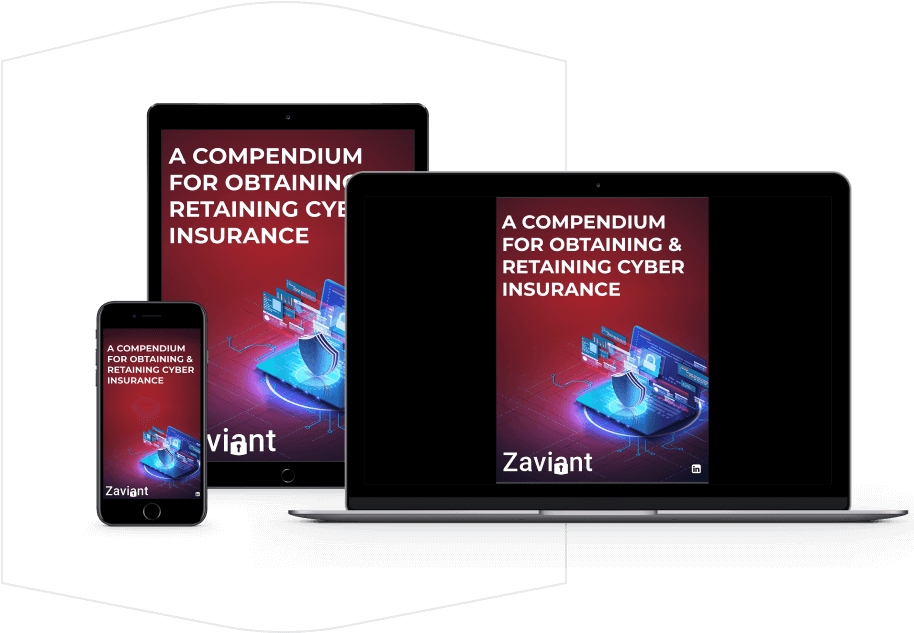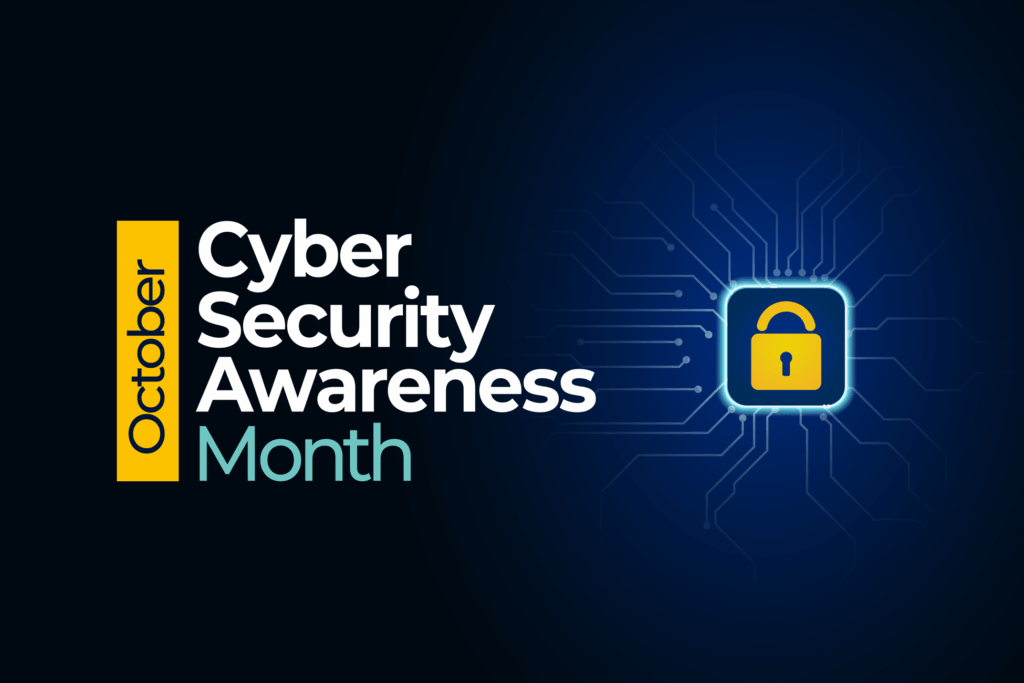Artificial intelligence (AI) has rapidly advanced over the last decade to a point where it can now outperform humans at tasks such as reading comprehension and image recognition.
- Cybersecurity Blog
What to Expect During a Cyber Vulnerability Assessment
-
By Zaviant

In a perfect world, you would never have to be concerned about anyone who shouldn’t be infiltrating your network and helping themselves to its data.
The digital business of your organization would always be an afterthought because why worry if there is not a need to? Your network and its contents are secure, right?
Unfortunately, this scenario will never be reality. Hackers and other adversaries are always looking for their next victim. Those with deficiencies in their network security are low-hanging fruit.
For an organization of any type and size, understanding what makes your systems and their assets an easy lunch is critical to maintaining robust cybersecurity and internal controls. Cyber vulnerability assessments provide that ever-important information.
The Components of a Thorough Cyber Vulnerability Assessment
A mechanism to identify cybersecurity gaps within your frameworks, a cyber vulnerability assessment leaves little question about the condition of your network. The assessment is also a roadmap of sorts for next steps to enhance your network’s security and meet data security and privacy standards.
Components of a comprehensive cyber vulnerability assessment checklist include:
- Initial evaluation
- Identification
- Analysis
- Prioritization
- Fix Implementation
1. Initial Evaluation
As no two organizations are the same, there are inherent cybersecurity vulnerabilities that apply to different types. For instance, the cybersecurity vulnerabilities of a healthcare provider are likely slightly different than those faced by a manufacturer.
Before getting into the full survey of your network and its strength, your vulnerability assessor should come prepared with a plan that best suits your organization. Their initial evaluation should include a plan to look for:
- Known vulnerabilities, or those that are common among many organizations and specific organization types.
- Zero-day vulnerabilities, or security deficiencies or threats previously unknown for which a patch has not yet been developed.
2. Identification
The next step of a cyber vulnerability assessment is to complete a diagnostic that paints a full picture of your systems and any potential shortcomings. A major element of this effort involves testing its internal perimeter control and assets to determine the efficacy of security controls.
A scan of your network is not limited to parsing over its digital security measures — it also should involve taking stock of your organization’s hardware and software. By examining both, those completing your assessment can determine if everything is up to date what security patches were implemented.
3. Analysis
With a scan complete, it’s time to figure out their cause. While the initial scan identifies weaknesses and deficiencies, a deep dive analysis into your system(s) tells your assessor the why, where, and how of the vulnerability.
Sometimes a weakness stems from a simple oversight, while in other cases the cause of a vulnerability is much more complex, such as:
- Incompatibilities between software
- Outdated patches
- Broken algorithms
- Uncontrolled changes to systems
Regardless of the cause, an analysis of vulnerabilities is critical for the next steps in the assessment as it provides the information needed for taking corrective action.
4. Prioritization
While vulnerabilities in your cyber defenses all require attention, there are some that take priority over others. In other words, some weaknesses in your cybersecurity are more critical than others and should be addressed ASAP. You may have just gotten lucky that they have not been exploited yet.
With a detailed analysis of your network’s vulnerabilities, your assessor should provide you with an itemized list of improvements in order of importance.
5. Fix Implementation
While this step is not technically part of an assessment (as the prior steps are the actual evaluation) it should be included in the overall project. Knowing your network has a vulnerability and doing nothing to fix it is as good as never finding out in the first place, and your luck may run out.
Based on the prioritized recommendations by your assessor, corrective actions to address network vulnerabilities may mean implementing:
- Additional cybersecurity software
- Improved firewalls
- Patches
- Upgrades
Cyber Vulnerability Assessments Vs. Penetration Testing
As two mechanisms that evaluate a framework for deficiencies, cyber vulnerability assessments and penetration tests are often confused with one another. Though both serve a similar purpose, they are distinctly different methods of gauging an organization’s cyber defenses.
While a cyber vulnerability assessment takes stock of an organization’s cyber defenses, a penetration test sees just how strong they are.
Considered ethical hacking, a penetration test is a simulated cyber attack. During the faux assault, a cybersecurity professional will attempt to find inroads to an organization’s network by exploiting weaknesses. Pentest perpetrators use several tactics to get into a network, including:
- Phishing
- Client-side exploitation
- Direct user interaction
Like a cyber vulnerability assessment, a completed penetration test includes a full report of the results and recommended patches/fixes to shore up cyber defenses.
Despite their differences, vulnerability assessments and penetration testing go hand-in-hand in determining the strength of an organization’s digital protections.
The Need for Routine Cyber Vulnerability Assessments
In the not-too-distant past, cyber vulnerability assessments were viewed as an occasional undertaking, completed once every year or two. At that time, the approach was sufficient because cyber threats were much different.
That view has since changed. Now it is best practice to have a cyber vulnerability assessment completed once a quarter or every 6 months at the bare minimum.
With the ever-evolving state of cybercrimes and hackers’ tactics, staying one step ahead is an ongoing race, one you cannot afford to fall behind in. A cyber vulnerability left unaddressed for too long — be it dated software or poor internal practices — can leave enough of a gap for an adversary to exploit and gain access to your network.
Even if your organization has an in-house IT team, it is still a good idea to look at hiring a third-party cyber security provider to regularly conduct cyber vulnerability assessments. With a fresh set of eyes, an outside cybersecurity firm can take a hard look at your network without the risk of overlooking something because they are too familiar with it. In addition, being that cybersecurity is their livelihood, a third-party firm can make an unbiased recommendation for the extent of an assessment needed to adequately examine your network and its assets.
Cyber Vulnerability Assessments: Proactive Cybersecurity
As network security will always be a priority for any organization, so too is making sure your network’s cyber defenses are more than prepared for fending off a cyberattack. Cyber vulnerability assessments help your organization meet adversaries head-on and spend less time worrying about the security of your network and its contents.
How Confident Are You With Your Network Security?
Find out with a cybersecurity assessment. Contact us to set yours up.
Share This Post
- Get The Latest In News & Insights
Explore solutions
Data Privacy, Security & Risk
Build or improve upon your data privacy policies and controls.
Platform Expertise
We tailors strategies to your unique risks and compliance needs, ensuring robust protection against cyber threats.
Regulatory Compliance & Frameworks
Zaviant's experts anticipate and mitigate cyber risks, safeguarding your data from diverse threats.








